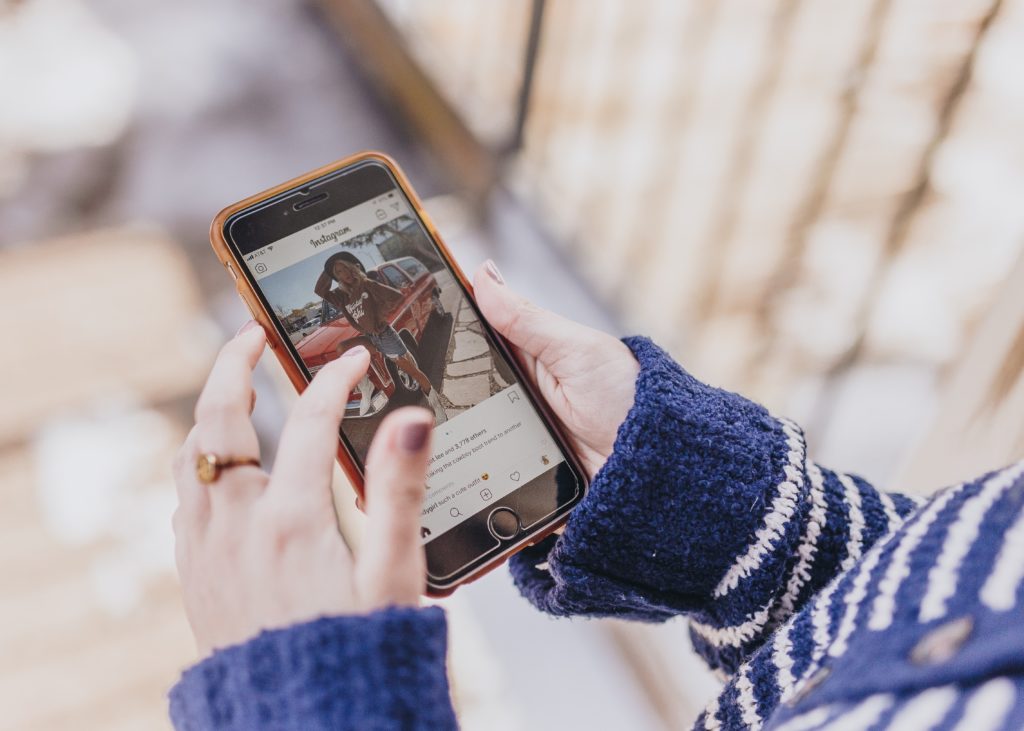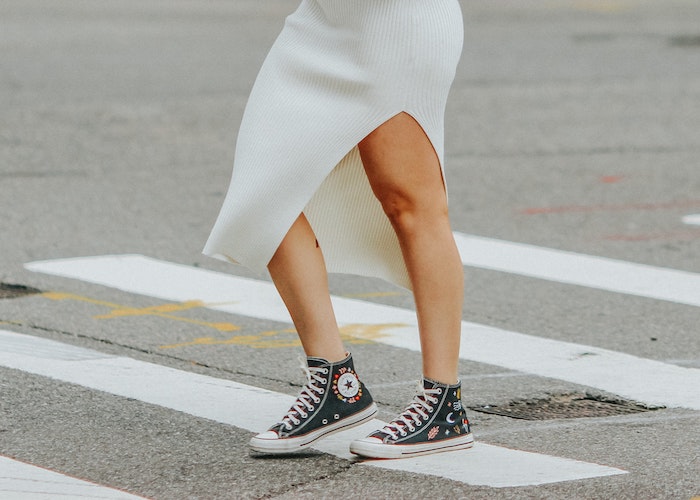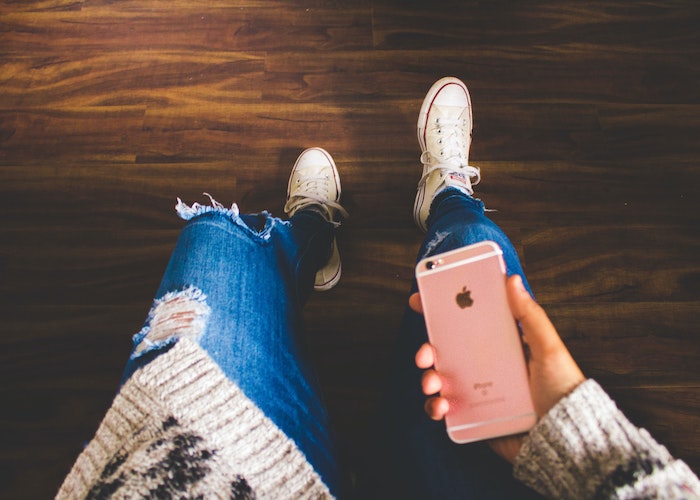How Instagram Is Helping Me Earn An Extra $200 A Month As A Non-Influencer

Lately, it seems like every financial blogger is “side-hustling” — and it’s not necessarily just because they don’t like their day job or their salary. Oftentimes, the advice is more geared towards expanding streams of income, carving out more money to invest, or justifying discretionary spending. I work full time in finance and am satisfied with my income (though is anyone ever really?) and still heed their advice. (It’s important to note, I do love to shop, for better or for worse.)
When I first graduated in the spring of 2018, I had not even lined up my full-time job before I started looking for a side hustle. While I was a full-time student, I was consistently making an income for discretionary expenses (like drinks out with friends or new clothes) by waitressing or working in retail. I was used to having “fun money” and wanted to keep it that way. So, I trained to become an indoor cycling instructor the summer after I graduated, and in the fall, I began teaching 1-5 classes a week before and after work. It paid $25 a class, and they allowed me free unlimited spin when I wasn’t teaching. Who doesn’t want to be paid to work out?
But what I soon realized was that I was being grossly underpaid for my efforts. Including planning and travel, it came down to less than $10/hour, and it was too much work for the little bit of money I made. I was also on a 1099 contract and responsible for paying taxes on that income. After about 9 months, I quit that job and focused exclusively on my day job.
As I was missing the extra income, I started selling the hoards of old, gently used clothes I no longer wore. This (mostly) passive income was exactly what I needed — a slight bonus on top of my income, with a lot less work involved.
That was when I discovered Instagram closets.
“Instagram closets” are a network of accounts meant to be used-clothes marketplaces. People will start accounts and sell their own gently used clothes, and eventually some clothes for others while taking a slight commission off of the top of the outside sales. They act as an e-comm liaison, posting products, charging customers, and paying “wholesalers.”
I both purchase and sell through them. This month alone, I’ve made $200 and the month prior I made $175. I also purchased a pair of “NWT” (new with tags in e-shopper lingo) designer earrings that retail for $124.95 for 50% off. A few examples:
- Maegan is my favorite person to sell through.
- Meredith is also a very talented artist.
- Olivia sells thrift store clothes that she reworks herself.
Whether you’re looking to sell your clothes or to find a great deal, here are some of the pros and cons.
The benefits, of both buying and selling:
- (Obviously) extra, easy income. I qualify this income as mostly passive. Since I do not run an account, I just partake, I really don’t do much besides send pictures and pack up the item.
- The Marie Kondo effect! The items I’ve bought sold were only taking up space. Now you can move them out of your closet and get extra cash. A win-win in my book.
- GREAT deals. A lot of these items may be a few seasons old, AKA completely out of production. You could be getting something unique at a large discount.
- Rare items. Oftentimes, people are selling things from a few seasons back. This means they’ve been out of production for a while. I just sold a really rare bathing suit in less than an hour because people miss the print and wanted it.
- Sustainability. Buying and selling used is the new black. It is more sustainable to purchase someone else’s “trash” as your own “treasure” because it means one less garment was brought into this world.
- Networking! I’ve actually become Internet friends with a few of the girls I sell through. They’ve even bought some of my stuff personally as opposed to posting it on their accounts. I follow their personal Instagram and refer all of my friends (and now TFD readers) to their accounts. They’re great girls.
The risks involved (that I’ve seen so far):
- They generally take a commission. The account I sell through takes 20%, which I am willing to pay in exchange for the ease of selling. She has almost 7,000 followers who are looking to buy high-end pieces, so she is marketing my product to a large but niche audience.
- If there is any sort of dispute on condition or shipment issues, I am not sure what would happen. I haven’t run into this yet, but it’s certainly a risk. There are also often no returns.
- The Instagram account owner may never pay you. Again, I’ve never had any issues with this. They usually pay when you send them a picture of the tracking information. I had one account where they paid half when you sent it and half when the buyer received it. It is a risk you run, however.
- Generally, these accounts exclusively use Venmo. If you don’t use it, you may not be able to work with them.
- You pack and sell your own stuff (as opposed to dropping it off at a thrift shop).
- Your stuff may never sell. I myself have sold all my products. Once, a pair of sunglasses didn’t move, so I discounted them and they sold quickly.
With all of that said, I’m curious to see if any other TFDers have had luck with Instagram closets — let us know in the comments!
Rachel is a 23-year-old straddling the line between “recent college grad” and “young adult.” She currently lives on the East Coast and spends most of her days navigating her full-time job in finance. During her free time, she can be found anywhere near a body of water or with her friends and family.
Image via Unsplash
Like this story? Follow The Financial Diet on Facebook, Instagram, and Twitter for daily tips and inspiration, and sign up for our email newsletter here.




